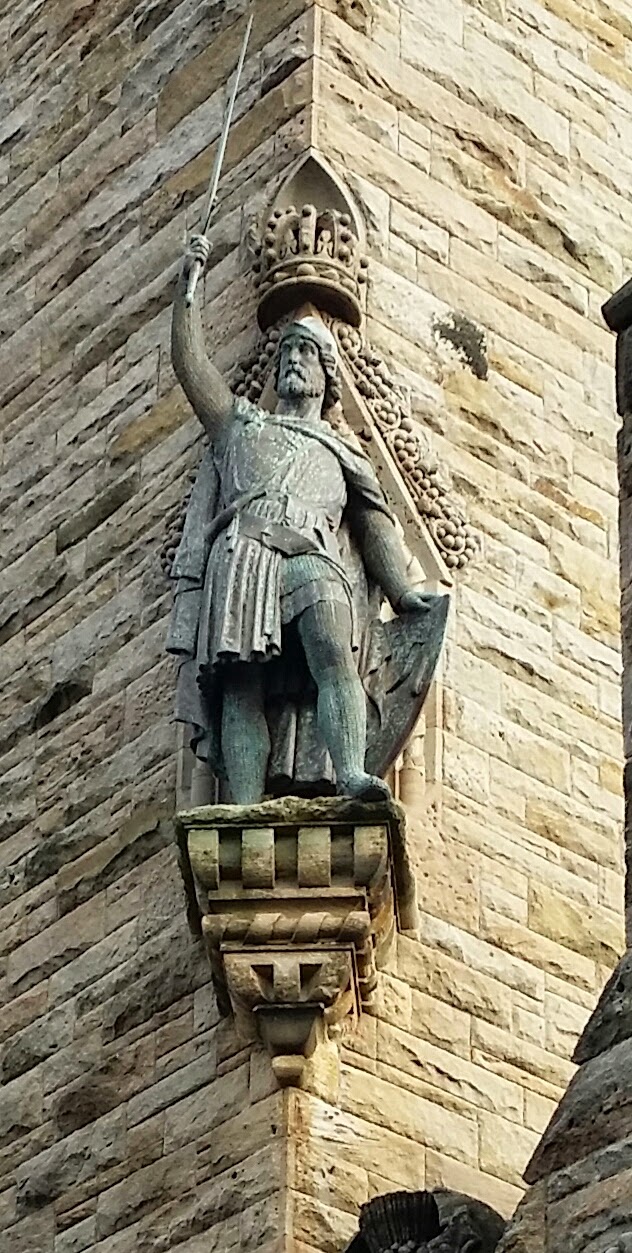I never knew my maternal grandfather
He was killed before I
was born.
My grandfather was born in Sandy in Bedfordshire in 1891. When he married my grandmother, who came from Scotland, the people in his tiny village said that he was marrying a foreigner.
They set up home in rooms in London, and their family life began.
In 1914 The Great War started, and like all young men, grandfather enlisted to fight for his country. He joined The Highland Light Infantry, and became soldier 10527, just one among the many who set off to fight, all thinking it would be over by Christmas. The Great War, it was supposed to be the war to end all wars.
My grandfather was seriously injured on the battlefield, and left
for dead, after half of his face was blown away. It wasn’t until a soldier
saw him move slightly in the mud and the filth, that the alarm was raised.
He was sent home in a terrible state. He was in hospital for
months and months. They stitched him together as best as they could, but he no
longer looked like himself. Some time later, (sadly, I have nobody left to ask how long that was), he was put in the hands of the surgeon Archibald Mclindoe, who, during and after World War Two, was famous for coming up with innovative ways of helping burn victims. Well, he miraculously rebuilt grandfather's face. The right half of his lower jaw bone was rebuilt from part of his hip bone as this has a good blood
supply, then he underwent skin grafting, and using a photo of my grandfather,
they proceeded to make him look more like himself.
When my grandfather joined up to fight in France, he took
with him a blank notebook, which he turned into his diary of events. I am
amazed that he had the presence of mind to write in this diary on an almost
daily basis, not only write in it almost daily, but with a hand that was always
neat.
When I came across his diary, after my mother passed away, I
wept for almost the entire way through. Not just because it was his ‘War Diary’,
but because he was my grandfather, a brave man whom I had never had the good
fortune to know.
So, he survived that terrible war, battered, but alive. Life
turned back to normality, until one Saturday in 1946, when he was cycling home from watching is beloved
Chelsea football game. The last thing he had said to my mother was, “Can you
buy me a box of matches please lass?” They were the last words that she would
hear him speak. Hours later a policeman knocked at the door to give her some
devastating news. Her father, my grandfather, survivor of The Great War, had
been killed by a trolley bus. Killed outright. Dead. Gone. Truly, to survive so
much, and yet to be killed even so, could not be more tragic. He was 55 years
old. His wife, my grandmother, had been bedridden since having a stroke when
she was just 50. She too died when she was 55 years old, some three years after
grandfather.
Life is full of many twists and turns, but nobody knows how
or when they will die, just that they will die.
I am writing this, 100 years after the beginning of that
terrible war, to pay homage to my grandfather. To tell him that I am so proud
of him, that he did his ‘bit’ for King and Country. He survived, but not for
long, but he did survive.
They went with songs to the battle, they were young.
Straight of limb, true of eye, steady and aglow.
They were staunch to the end against odds uncounted,
They fell with their faces to the foe.
They shall grow not old, as we that are left grow old:
Age shall not weary them, nor the years condemn.
At the going down of the sun and in the morning,
We will remember them.
They mingle not with their laughing comrades again;
They sit no more at familiar tables of home;
They have no lot in our labour of the day-time;
They sleep beyond England’s foam.
by Laurence Binyon
The last entry in my grandfather's diary is this:
PS - I had only been discharged from hospital for about twenty minutes, when a Lady told me in a bus, that my place was in France, not riding in buses!
Sergeant Harry Wilsher,
of the Highland Light Infantry, number 10527.
My grandfather, a man of whom I will be forever proud.
To The Fallen














